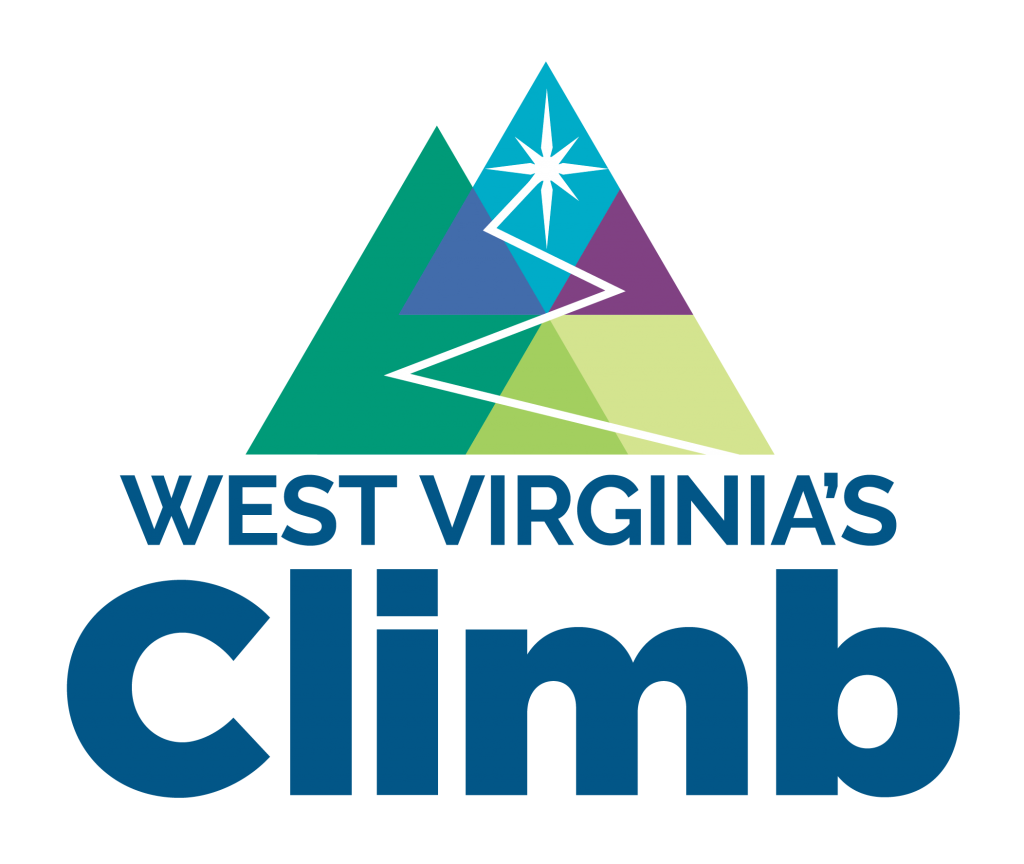What are Microcredentials?

Microcredentials are short, focused learning experiences that help students build specific in-demand skills. They offer a flexible, accessible alternative to traditional degree programs — allowing learners to gain valuable, job-ready competencies that can be applied immediately in the workforce.
News & Events
Students & Microcredentials
Through microcredentials, you earn recognition for the skills and knowledge employers want most.
Employers & Microcredentials
Microcredentials provide a clear way to signal job-ready talent and align education with real workforce needs.
FAQs

Credential WV is a statewide initiative launched in 2023 by the West Virginia Higher Education Policy Commission and the West Virginia Community and Technical College System. Its goal is to expand access to stackable, skills-based microcredentials that help students earn industry-recognized credentials aligned with workforce needs.
Microcredentials are short, focused learning experiences that allow students to build specific, job-ready skills. They are designed to be flexible, affordable, and often stackable toward degrees or certificates. Microcredentials can be embedded within existing academic programs or offered as stand-alone credentials.
Microcredentials offer:
- Faster completion times
- Lower costs
- Targeted skill development
- Industry recognition
- Pathways to employment or further education
Students can earn credentials aligned with real-world job opportunities, improving their career readiness and economic mobility.
All public two- and four-year institutions in West Virginia are participating. Institutions are:
- Redesigning curriculum to reflect skill-based learning
- Integrating technology to track and issue credentials
- Creating a shared quality framework for microcredentials
- Collaborating with industry partners
- Aligning efforts with statewide transfer initiatives like 60+60 and common course numbering
A stackable credential is one that can be combined with others to build toward a larger credential, such as a certificate or associate/bachelor’s degree. This allows students to build their skills progressively while earning meaningful credentials along the way.
Microcredentials may be credit-bearing, non-credit, or a blend of both, depending on the institution and program. Many are designed to integrate into degree pathways, helping students earn credit toward future academic goals.
A statewide quality framework is being developed to ensure all microcredentials:
- Have clearly defined learning outcomes
- Are aligned with industry and academic standards
- Include authentic assessments of skill proficiency
- Are reviewed regularly for relevance and impact
Most institutions use digital badging platforms to issue microcredentials. These digital credentials include metadata that describes the skills earned, the criteria for achievement, and evidence of performance, making them easy for employers to verify.
A Statewide Call to Action

Launched in 2023, Credential WV began as a call to action for all of West Virginia’s public two- and four-year institutions to re-imagine how higher education can better serve both students and employers.
Recognizing the need for a new paradigm, institutions across the state are tackling this initiative head-on—collaborating to reshape learning for today’s economy through flexible, skills-based pathways. This effort is further reinforced by the fact that microcredentials are now formally recognized in West Virginia State Code, demonstrating the state’s commitment to accessible, affordable, and workforce-aligned education for all learners.
All state institutions are actively engaged in:
- Redesigning curriculum to reflect real-world skills
- Integrating existing technologies to support learning and credential tracking
- Designing a shared quality framework for microcredentials
- Managing data to ensure impact and continuous improvement
- Updating institutional policies to support credential adoption and scaling
“Implementing microcredentials statewide can directly impact the lives of our students by meeting them where they are and preparing them for where they want to go. Imagine the working adult who can only take a few courses at a time, the recent high school graduate who wants to build a portfolio of skills quickly, or the mid-career worker who needs to reskill for a new job opportunity. With microcredentials, we can give these individuals practical, career-relevant tools they can apply immediately."
Dr. Sarah Armstrong Tucker, West Virginia's Chancellor of Higher Education
Road Map
Three-year phased rollout of microcredentialing throughout West Virginia.
Year One
- Assess current campus resources and identify key industry partners.
- Design a flexible microcredential framework that will serve as the foundation for all future programs.
Year Two
- Expand the variety of microcredentials offered.
- Assess software needs and begin aligning industry certifications with academic credits, making learning both relevant and rewarding.
Year Three
- Implement aligned industry credentials into academic programs.
- Finalize the infrastructure for microcredential delivery and continue expanding offerings to meet the demands of both students and employers.
Through this strategic, ongoing effort, West Virginia is poised to lead the way in creating a more agile, skill-based education system that benefits students, businesses, and the state’s economy.


